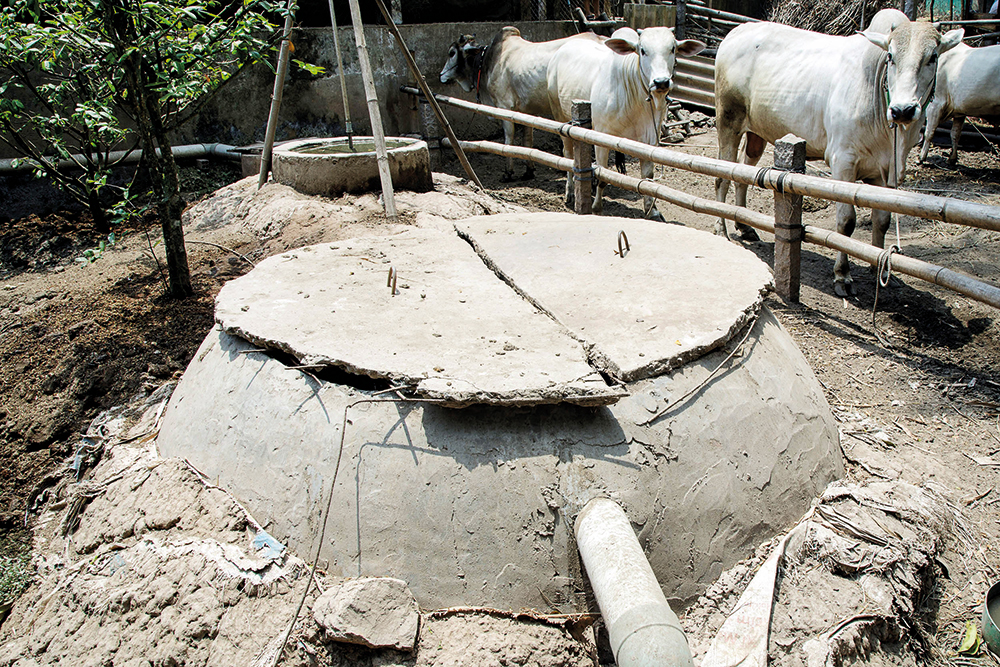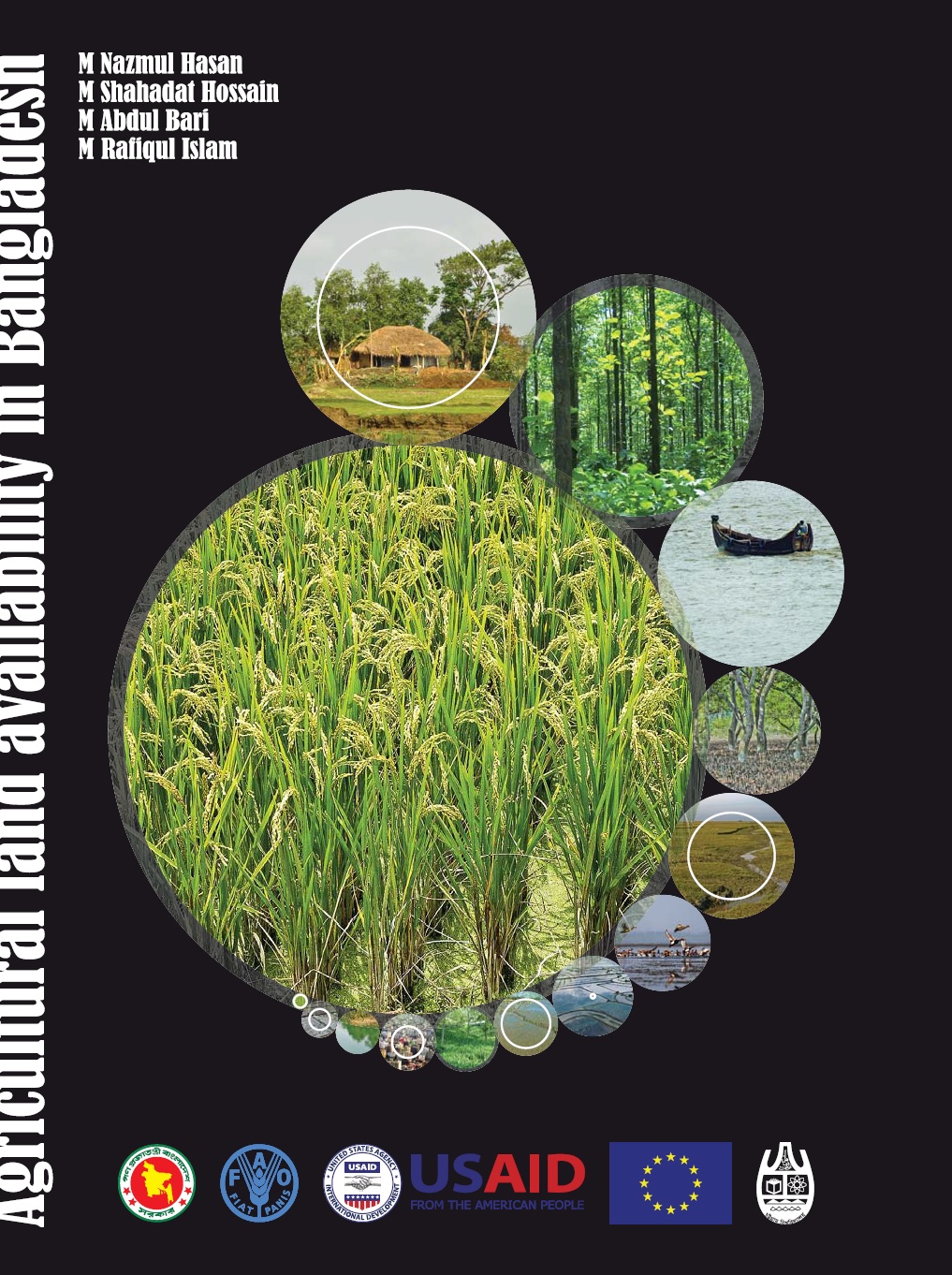The gender and equity implications of land-related investments on land access and labour and income-generating opportunities
A case study researched and published by the Food and Agriculture Organization (FAO) on gender and equity implications of land related investments on selected agricultural investments in Lao PDR, published in Rome, 2013.








